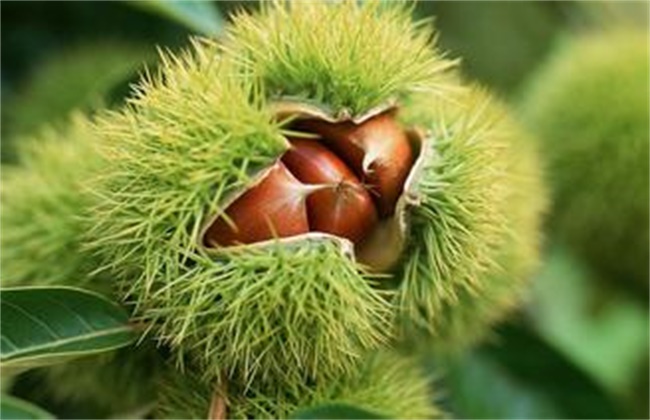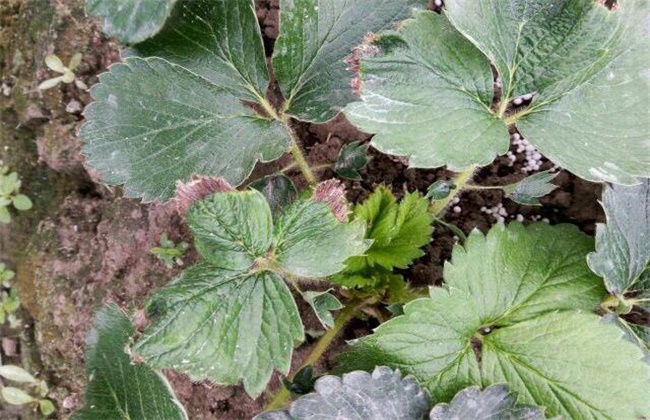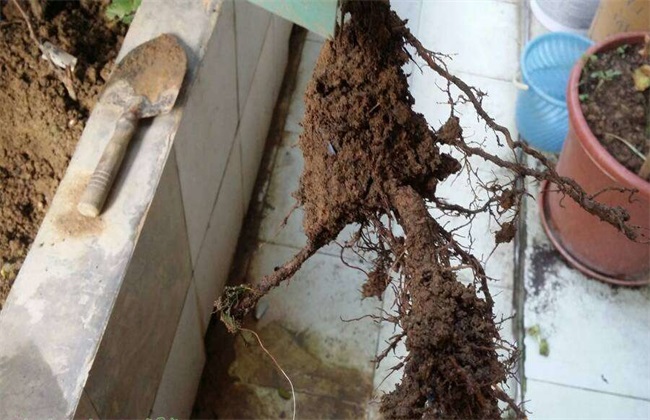Key points of Management of full Fruit period of Chinese Chestnut
The full fruit period of Chinese chestnut is relatively long, in the case of proper management, it can maintain high yield for decades, but for the chestnut trees in the full fruit period, the management is good or bad, not only affects the yield of the current year and the next year, but also affects the number of years of fruit. So how to manage the full fruit period of Chinese chestnut? Come and have a look with the editor.

1. Fertilizer management
The adaptability of Chinese chestnut is relatively strong, so it is generally planted on land with low fertility, such as barren slopes, and if you want to have a high yield every year, the fertilizer must keep up with it, otherwise it is very easy to appear the phenomenon of large and small years, and seriously reduce its resulting life. Generally, from March to April, an appropriate amount of Ah Hu Fei should be applied, especially some phosphorus and potassium fertilizer, to ensure branch growth and flower bud differentiation. Secondly, in mid-July, it is suggested to apply some green manure, which can improve the soil quality on the one hand and benefit the long-term effect on the other. When the fruit stage is, young fruit expansion needs a lot of nutrients, then supplementary fertilizer can make Chinese chestnut grow larger and mature earlier, the last overwintering fertilizer is applied before winter to ensure that the plant is safe to survive the winter, and high-quality farm manure is appropriate.
2. Tree management
Chinese chestnut had better be pruned in winter and summer, if it is only pruned in one season, the effect is not good, and it is not easy to prune in place. In general, summer pruning is at the end of June, and in some areas it can be postponed to early July, while winter pruning can be widely chosen from November to early March of the following year. In the process of pruning, attention should be paid to the control of tree shape, and the distribution of fruit branches should be evenly distributed as far as possible, especially for chestnut trees which have borne fruit for many years. In addition, it is necessary to remove the old and diseased branches from the old tree, which is helpful to prevent disease and improve the tree potential.
3. Management of flowering and fruiting stage
After entering the flowering stage, for the garden where pollination is not good, it is necessary to take artificial intervention to pollinate chicken heart, which can ensure the rate of hanging fruit, properly thinning fruit after hanging fruit, and keep the load balance of the tree. The artificial hanging fruit is too much, which greatly exceeds the load capacity of the plant, and the fruits compete with each other for nutrients, which will cause the fruit to be generally small, which is not conducive to sale. Therefore, it is necessary to properly thinning the branches that hang too much fruit, which is conducive to the realization of high yield.
4. Disease prevention
Chinese chestnut is more prone to diseases, especially more insect pests, which will reduce the yield of Chinese chestnut, and there will also be insect eyes in Chinese chestnut, which will seriously affect the varieties of fruit. To avoid the impact of this phenomenon, it is suggested that farmers can take targeted drug development, especially in the years of serious diseases and insect pests, should be paid attention to in advance.
The above is the introduction of the main points of chestnut fruit management, hope to help you, want to know more related knowledge, please pay attention to us.
Related
- Moge, come on! The staff of the peasant association in the producing area of cantaloupe were frightened when the crowd gathered.
- Causes and Solutions of low Fruit setting rate of Apple
- Symptoms and control measures of passion fruit virus disease
- Fruit growing lesson: how do apple orchards keep high yields?
- Can you build orchards in the mountains? What are the pros and cons?
- How to manage the coloring period of Crisson grape?
- This paper introduces the processing technology of two kinds of fig products.
- How much is a month for retired teachers in rural areas by 2020?
- How can strawberry planting increase sugar content? We should pay attention to management in many aspects.
- What are the cultivation techniques on how to improve the yield of golden fruit?



